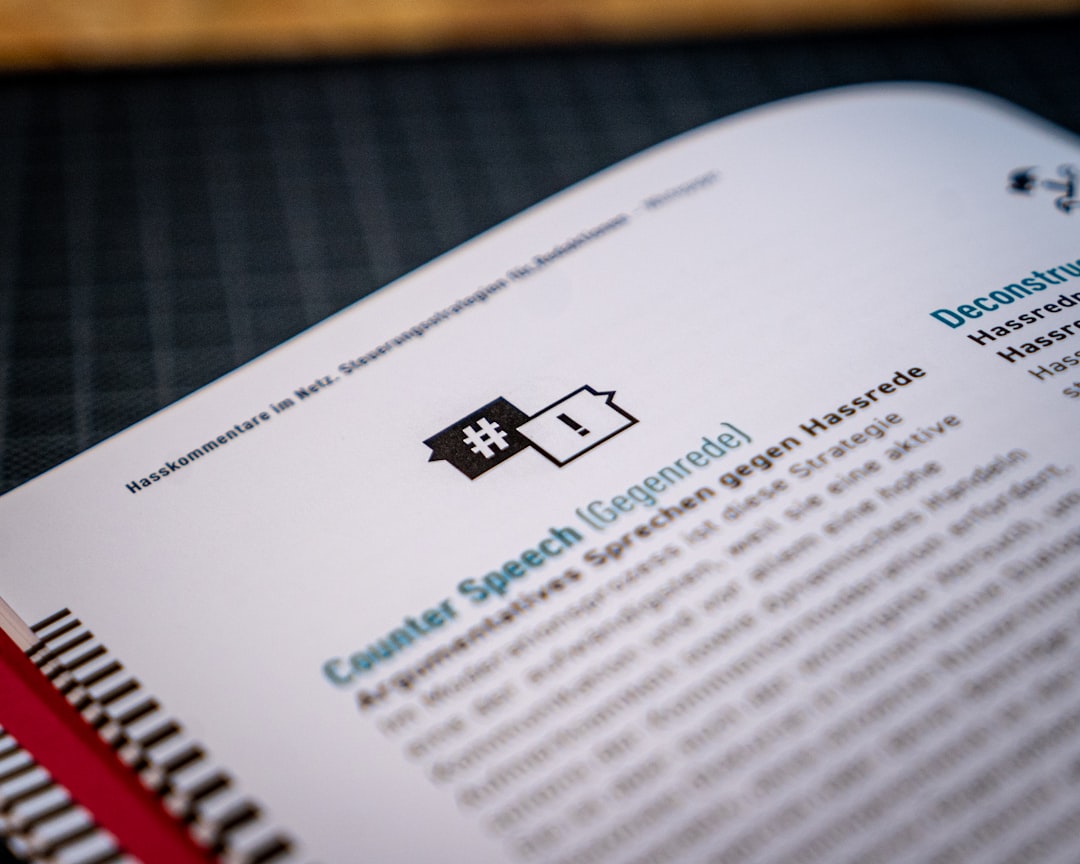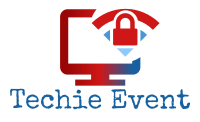When it comes to building high-performing product or service websites, there’s a critical yet often misunderstood component that can make or break user engagement: the feature page. These dedicated spaces highlight what the product can do, explain who it’s for, and compel users to act. But creating compelling feature pages isn’t just about listing cool functions—it’s about aligning content design with user intent, proof points, and powerful calls to action (CTAs).
This article dives into the strategic approach of content design for feature pages through the lens of three interwoven elements: jobs, proof, and CTAs. When orchestrated well, these can transform a static description into a dynamic conversation that drives conversions.
Understanding Jobs: Designing for User Intent
At the core of content design for feature pages is the concept of “jobs to be done.” This framework centers on understanding the user’s motivation—the job they are hiring your product to do. Each element on the page should speak directly to these jobs and demonstrate how your product handles them better than alternatives.
- Identify key user personas: What are their pain points and goals?
- Map features to these jobs: Don’t just describe a feature. Explain what problem it solves.
- Focus on outcomes: Users care more about improvements and results than technical specs.
For example, instead of merely stating “Automated reporting tool,” a user job-oriented approach might read: “Get detailed reports without spending hours in spreadsheets—automatically delivered to your inbox.” This doesn’t just describe the feature; it explains its value in the user’s daily workflow.

Incorporating jobs into content design also helps prevent the all-too-common “feature dump,” where every bell and whistle is listed without context. Users don’t need more information—they need relevant answers to their problems.
Building Trust with Social and Functional Proof
Once users see that your product addresses their needs, their inevitable next question is: Does it work? This is where trust-building comes in. Proof—both social and functional—reassures users, especially when they’re considering a new product or service.
Types of Proof You Should Include:
- User testimonials: Quotes from different user segments aligned with specific features being explained.
- Case studies: In-depth examples that describe a challenge, your solution, and measurable results.
- Star ratings and reviews: If applicable, aggregate review scores or excerpts from third-party platforms.
- Data and performance metrics: Support claims with real numbers—speed, accuracy, ROI, etc.
- Brand logos: A “Trusted by these companies” section can be highly persuasive.
Strategic placement of proof on a feature page can significantly increase its persuasiveness. Position testimonials directly below a section that describes a corresponding feature. Aligning proof with the job previously described reinforces credibility in how your product delivers on its promises.

Remember to maintain authenticity. Avoid generic praise like “amazing product!” and instead, showcase targeted statements such as: “The scheduling automation saved us 8 hours per week per employee.”
Designing Irresistible CTAs: Turning Interest into Action
The final piece of the content design equation for feature pages is the call to action. Great CTAs are not an afterthought; they are the logical conclusion to a well-told story. After users see that your product meets their needs and works in the real world, they should be ready to take the next step—if you tell them how.
To optimize CTA performance:
- Be specific and benefit-oriented: “Start automating schedules now” beats generic phrases like “Click here.”
- Match CTA placement to page flow: A well-placed CTA after each major section helps guide user momentum.
- Offer low-commitment options: Don’t force a purchase right away. Try “See it in action” or “Book a 15-min demo.”
- Use contrast and whitespace: Visually distinguish your CTA so it doesn’t blend into the background.
High-performing feature pages often use multiple CTAs tailored to different user mindsets: a soft CTA for curious newcomers and a harder CTA for motivated buyers. This layered approach respects the user’s journey and reduces friction.
Creating a Holistic User Journey Across the Page
Think of your feature page not as a brochure, but as a pathway. Each scroll or section should answer a logical user question:
- What is this feature and why does it matter to me? — Answered by mapping the feature to a job.
- Does it really work? — Reinforced with social or functional proof.
- What do I do next? — Directed by a CTA.
When these steps are combined in a seamless, linear fashion, users are guided naturally from awareness to engagement to action. The copy, images, and layout should all work together to reduce uncertainty and increase motivation.
Best Practices for Better Content Design
- Write for clarity, not cleverness: Don’t make users guess what you mean. Be direct and use simple language.
- Use visual hierarchy: Prioritize scannability. Use headers, subheadings, bullet points, and bold text.
- Test and iterate: Use A/B testing on CTA phrasing, proof placements, and feature arrangements to see what converts.
- Mobile-first design: Your content should still be usable and persuasive on a small screen.
In the end, content design is not simply about writing descriptions—it’s about designing an experience where every word, image, and button has a job. When you align your content to user needs, support it with real-world proof, and invite action with compelling CTAs, your feature page transforms from a static screen into a persuasive user journey.
Frequently Asked Questions
- What is content design for feature pages?
- Content design for feature pages is the strategic approach to organizing text, visuals, and interactive elements to explain product features, serve user goals, and drive conversions.
- How are “jobs” used in feature page design?
- Jobs define why users are interacting with your product and what problems they want to solve. Designing content around these jobs ensures messages resonate with real user needs.
- What type of proof should be included?
- A mix of user testimonials, case studies, performance data, and customer logos can show that your product delivers value. The proof should align with the specific features and jobs discussed.
- What makes a strong CTA?
- A strong CTA is specific, benefit-driven, and easy to act on. Examples include “Try it free for 14 days” or “Get a personalized demo.” It should guide users without overwhelming them.
- Can I use the same format for all feature pages?
- While the structure (jobs → proof → CTA) is effective across different pages, the messaging, proof examples, and CTAs should be tailored to the individual feature and audience needs.
